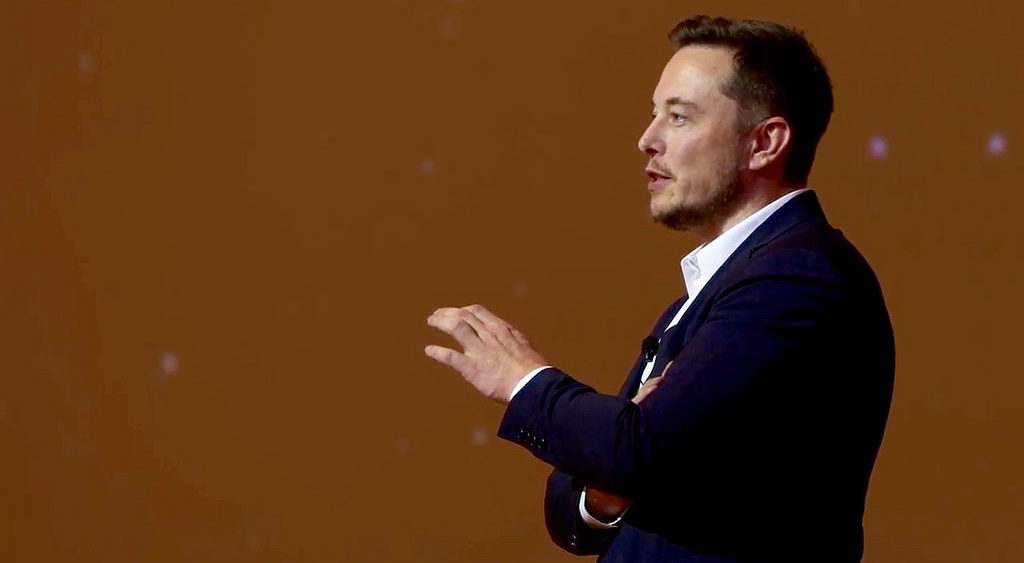
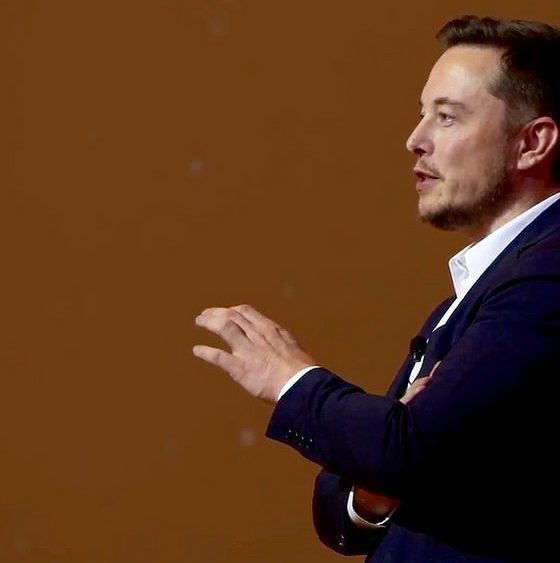
Investor's Corner
Elon Musk’s Twitter tirade comes amid SEC probe on Tesla’s Model 3 production ramp
Tesla shares (NASDAQ:TSLA) experienced a steep dive on Friday’s trading, dropping more than 7% amidst reports that U.S. District Court Judge Alison Nathan has asked Elon Musk and the Securities and Exchange Commission to justify the terms of their settlement over the CEO’s “funding secured” lawsuit. Also weighing down Tesla’s stock was Elon Musk’s latest Twitter session, where he seemingly trolled the SEC by dubbing the agency as the “Shortseller Enrichment Commission,” and then doubling down.
Update: Tesla CEO Elon Musk faces contempt claim from SEC over recent tweets
Musk’s latest round of tweets has polarized the Tesla community, as a number of retail investors began directly addressing their concerns to the CEO regarding his behavior and its effects on the price of TSLA stock. While Musk assured the community that they would be fine if they are invested for the long-term, several retail investors nonetheless informed the CEO that they had lost a considerable amount of money due to the apparent market-moving effects of his tweets.
But what’s the point of poking regulators publicly? The greatest problem is sustainable energy as you said, but every distraction erodes goodwill you worked so hard to build.
— Vicente Silveira (@vicentes) October 5, 2018
Just want to that the Shortseller Enrichment Commission is doing incredible work. And the name change is so on point!
— Elon Musk (@elonmusk) October 4, 2018
While the reasons behind Elon Musk’s latest Twitter session are still up for question, some details about the CEO’s aggravation over the SEC appear to have been teased by FBN’s Charlie Gasparino. In a segment on Fox Business, Gasparino noted that sources close to Tesla’s legal team and the SEC had informed him that the agency is still investigating Tesla, not because of Elon Musk’s “funding secured” tweet, but over the company’s previous forecasts on the Model 3 production ramp and and the company’s profitability.
“What we reported was from people close to the Tesla legal team and the Elon Musk legal team. What they’re telling us is that the SEC does continue to investigate Tesla. Remember, the “funding secured” thing is out of the way, but there’s an existing investigation that could take a bit longer. It involves Tesla and Elon Musk’s stated production goals for the Model 3 largely, and profitability; if those things match up to reality, and whether there’s a fraud case by saying ‘Hey, we’re gonna reach profitability, for example.’”
“The case focuses again on targets that Musk made and some of the other corporate executives as well, about when the Model 3 was gonna come out, how many were gonna be produced, and profitability. When Tesla was gonna be profitable. Remember, these goals have changed along the way. He’s now saying the third quarter should be profitable. We’ll see if it happens.”
Gasparino noted that the SEC’s investigation into Tesla’s Model 3 production and profitability goals would likely be more challenging for the agency than its “funding secured” lawsuit against the CEO. In order to corner Musk and Tesla, the SEC would have to prove that the company knowingly misled investors about the Model 3 ramp. If Tesla or Elon Musk admits that it has honestly miscalculated the progress of the Model 3 ramp, the SEC would likely have a difficult time proving its case. Gasparino noted that his sources in the SEC had informed him that this other Tesla investigation would likely be a very “tough” venture for the agency.
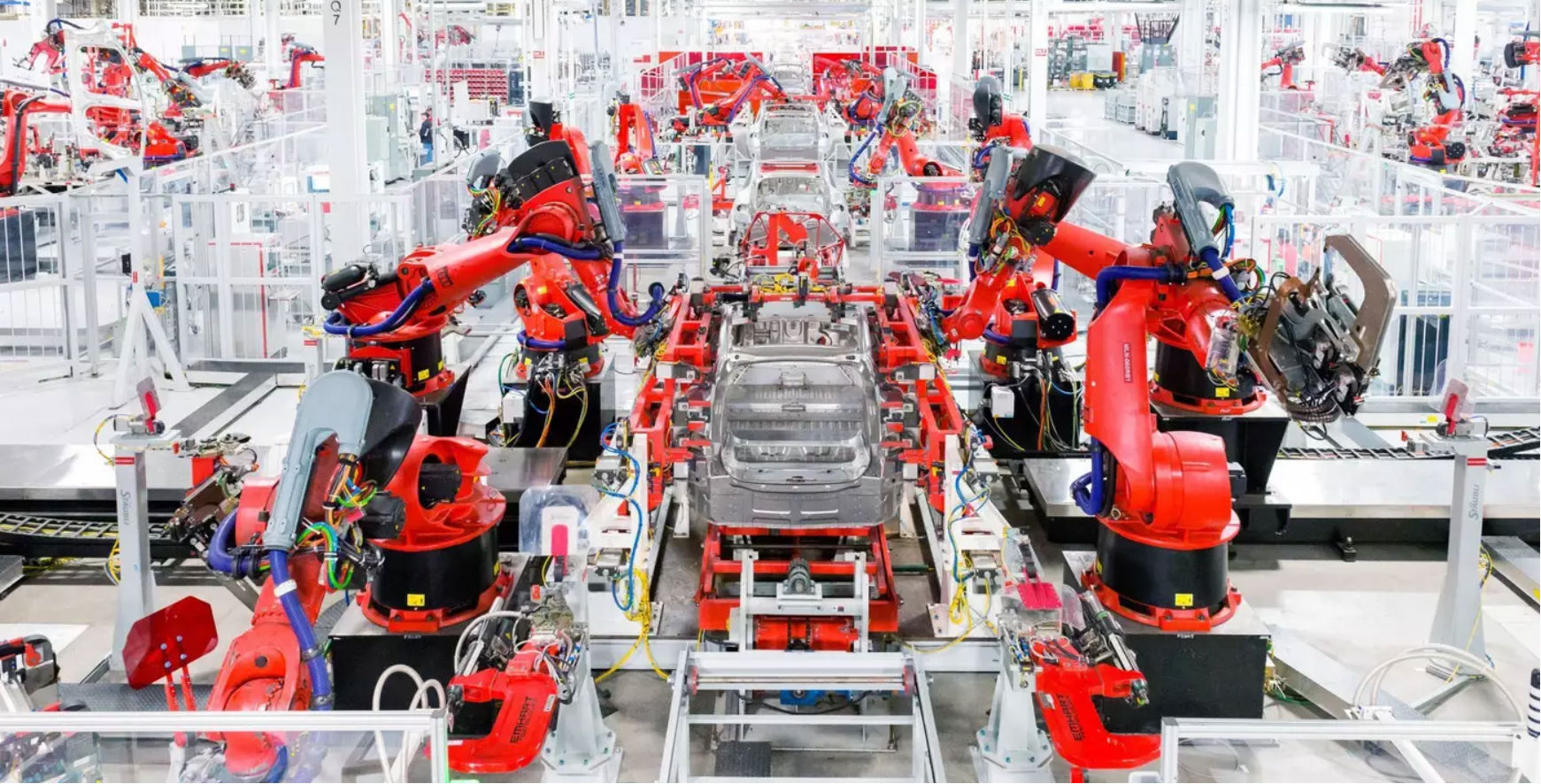
“This is a much tougher case. While it still exists, it’s still problematic for the company; it’s a much tougher case than the other one. This is something that you literally have to go back, look at his statements, look at potential emails where they might be telling each other ‘Hey, we know this is BS, we’re just throwing it out there.’ That’s what the SEC is looking at. So this is a much tougher case, and that’s why the market looks like it’s coming off its lows on this, because people are saying ‘Maybe they got done with the other case, and that’s about it.’”
“This is where we are right now. We should point out that cases like this take months. They’re tough to prove. Very hard to prove that someone was specifically lying about a production goal. You could say “Listen, I thought we’re gonna produce that many Model 3, I thought we were gonna hit production profitability in the second quarter. I was wrong, I misinterpreted.” That type of honest mistake, even though I think most CEOs know you shouldn’t say that sort of stuff. You try not to get forward-looking statements; you always run into problems. That is a tougher case then ‘funding secured,’ and you don’t have funding secured.
“I think if you’re betting that he might be, from a regulatory standpoint, largely out of the woods. I’m not saying he is. If you’re betting, I’m just saying these are tougher, tougher cases. And I can tell you, my sources inside the SEC are telling me that.”
There is no denying that Elon Musk’s Twitter twitter behavior has resulted in losses for Tesla’s investors once more. By the time markets closed on Friday, Tesla stock had lost the recovery it gained earlier in the week after the release of its impressive Q3 production and delivery numbers, as well as the announcement of Elon Musk and the SEC’s settlement. In this sense, Elon Musk’s decision to poke the agency seems like a miscalculation at best.
That said, if the seasoned journalist’s sources are correct and the SEC is still pursuing Tesla over its Model 3 goals, at a time when production of the electric sedan is hitting its stride and the vehicle is getting warmly received by consumers, then Elon Musk’s aggravation becomes a bit more understandable. Nevertheless, with millions in the Tesla community investing their hard-earned money to support the company, then it seems safe to say that Elon Musk should have known better.
Watch Charlie Gasparino’s segment on Fox Business in the video below.

Investor's Corner
Tesla bear gets blunt with beliefs over company valuation
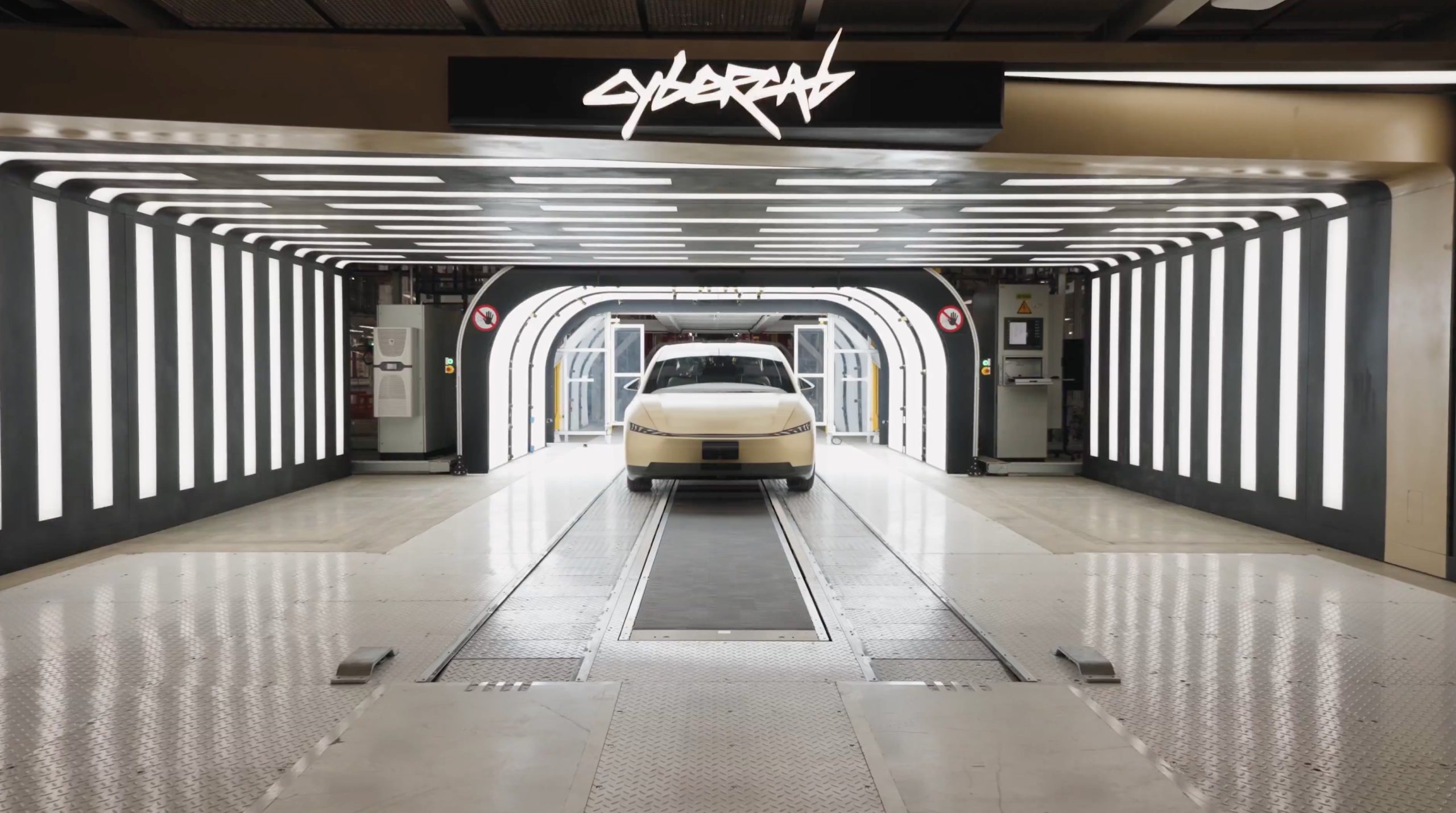
Tesla bear Michael Burry got blunt with his beliefs over the company’s valuation, which he called “ridiculously overvalued” in a newsletter to subscribers this past weekend.
“Tesla’s market capitalization is ridiculously overvalued today and has been for a good long time,” Burry, who was the inspiration for the movie The Big Short, and was portrayed by Christian Bale.
Burry went on to say, “As an aside, the Elon cult was all-in on electric cars until competition showed up, then all-in on autonomous driving until competition showed up, and now is all-in on robots — until competition shows up.”
Tesla bear Michael Burry ditches bet against $TSLA, says ‘media inflated’ the situation
For a long time, Burry has been skeptical of Tesla, its stock, and its CEO, Elon Musk, even placing a $530 million bet against shares several years ago. Eventually, Burry’s short position extended to other supporters of the company, including ARK Invest.
Tesla has long drawn skepticism from investors and more traditional analysts, who believe its valuation is overblown. However, the company is not traded as a traditional stock, something that other Wall Street firms have recognized.
While many believe the company has some serious pull as an automaker, an identity that helped it reach the valuation it has, Tesla has more than transformed into a robotics, AI, and self-driving play, pulling itself into the realm of some of the most recognizable stocks in tech.
Burry’s Scion Asset Management has put its money where its mouth is against Tesla stock on several occasions, but the firm has not yielded positive results, as shares have increased in value since 2020 by over 115 percent. The firm closed in May.
In 2020, it launched its short position, but by October 2021, it had ditched that position.
Tesla has had a tumultuous year on Wall Street, dipping significantly to around the $220 mark at one point. However, it rebounded significantly in September, climbing back up to the $400 region, as it currently trades at around $430.
It closed at $430.14 on Monday.
Investor's Corner
Mizuho keeps Tesla (TSLA) “Outperform” rating but lowers price target
As per the Mizuho analyst, upcoming changes to EV incentives in the U.S. and China could affect Tesla’s unit growth more than previously expected.
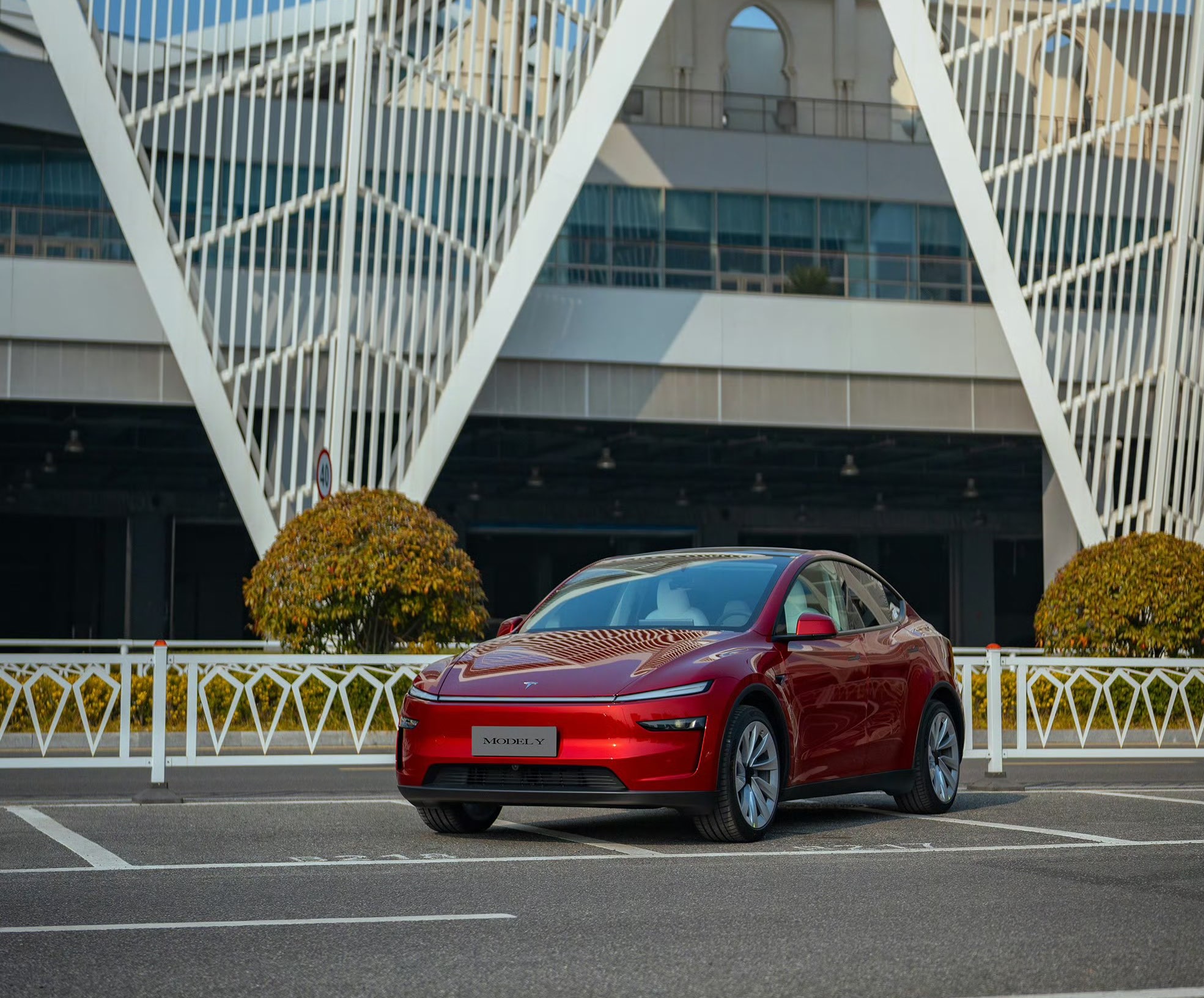
Mizuho analyst Vijay Rakesh lowered Tesla’s (NASDAQ:TSLA) price target to $475 from $485, citing potential 2026 EV subsidy cuts in the U.S. and China that could pressure deliveries. The firm maintained its Outperform rating for the electric vehicle maker, however.
As per the Mizuho analyst, upcoming changes to EV incentives in the U.S. and China could affect Tesla’s unit growth more than previously expected. The U.S. accounted for roughly 37% of Tesla’s third-quarter 2025 sales, while China represented about 34%, making both markets highly sensitive to policy shifts. Potential 50% cuts to Chinese subsidies and reduced U.S. incentives affected the firm’s outlook.
With those pressures factored in, the firm now expects Tesla to deliver 1.75 million vehicles in 2026 and 2 million in 2027, slightly below consensus estimates of 1.82 million and 2.15 million, respectively. The analyst was cautiously optimistic, as near-term pressure from subsidies is there, but the company’s long-term tech roadmap remains very compelling.
Despite the revised target, Mizuho remained optimistic on Tesla’s long-term technology roadmap. The firm highlighted three major growth drivers into 2027: the broader adoption of Full Self-Driving V14, the expansion of Tesla’s Robotaxi service, and the commercialization of Optimus, the company’s humanoid robot.
“We are lowering TSLA Ests/PT to $475 with Potential BEV headwinds in 2026E. We believe into 2026E, US (~37% of TSLA 3Q25 sales) EV subsidy cuts and China (34% of TSLA 3Q25 sales) potential 50% EV subsidy cuts could be a headwind to EV deliveries.
“We are now estimating TSLA deliveries for 2026/27E at 1.75M/2.00M (slightly below cons. 1.82M/2.15M). We see some LT drivers with FSD v14 adoption for autonomous, robotaxi launches, and humanoid robots into 2027 driving strength,” the analyst noted.
Investor's Corner
Tesla stock lands elusive ‘must own’ status from Wall Street firm
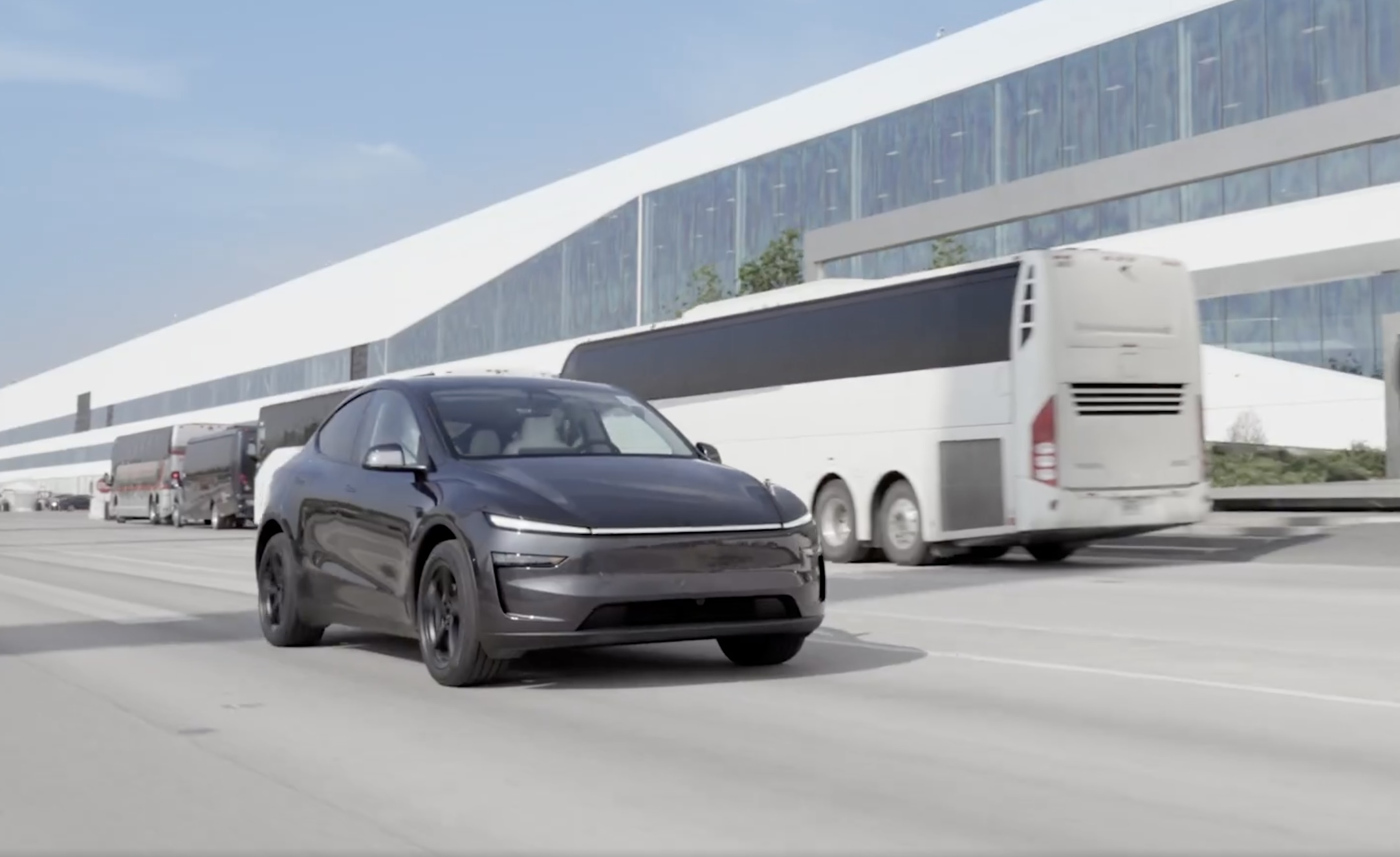
Tesla stock (NASDAQ: TSLA) has landed an elusive “must own” status from Wall Street firm Melius, according to a new note released early this week.
Analyst Rob Wertheimer said Tesla will lead the charge in world-changing tech, given the company’s focus on self-driving, autonomy, and Robotaxi. In a note to investors, Wertheimer said “the world is about to change, dramatically,” because of the advent of self-driving cars.
He looks at the industry and sees many potential players, but the firm says there will only be one true winner:
“Our point is not that Tesla is at risk, it’s that everybody else is.”
The major argument is that autonomy is nearing a tipping point where years of chipping away at the software and data needed to develop a sound, safe, and effective form of autonomous driving technology turn into an avalanche of progress.
Wertheimer believes autonomy is a $7 trillion sector,” and in the coming years, investors will see “hundreds of billions in value shift to Tesla.”
A lot of the major growth has to do with the all-too-common “butts in seats” strategy, as Wertheimer believes that only a fraction of people in the United States have ridden in a self-driving car. In Tesla’s regard, only “tens of thousands” have tried Tesla’s latest Full Self-Driving (Supervised) version, which is v14.
Tesla Full Self-Driving v14.2 – Full Review, the Good and the Bad
When it reaches a widespread rollout and more people are able to experience Tesla Full Self-Driving v14, he believes “it will shock most people.”
Citing things like Tesla’s massive data pool from its vehicles, as well as its shift to end-to-end neural nets in 2021 and 2022, as well as the upcoming AI5 chip, which will be put into a handful of vehicles next year, but will reach a wider rollout in 2027, Melius believes many investors are not aware of the pace of advancement in self-driving.
Tesla’s lead in its self-driving efforts is expanding, Wertheimer says. The company is making strategic choices on everything from hardware to software, manufacturing, and overall vehicle design. He says Tesla has left legacy automakers struggling to keep pace as they still rely on outdated architectures and fragmented supplier systems.
Tesla shares are up over 6 percent at 10:40 a.m. on the East Coast, trading at around $416.








